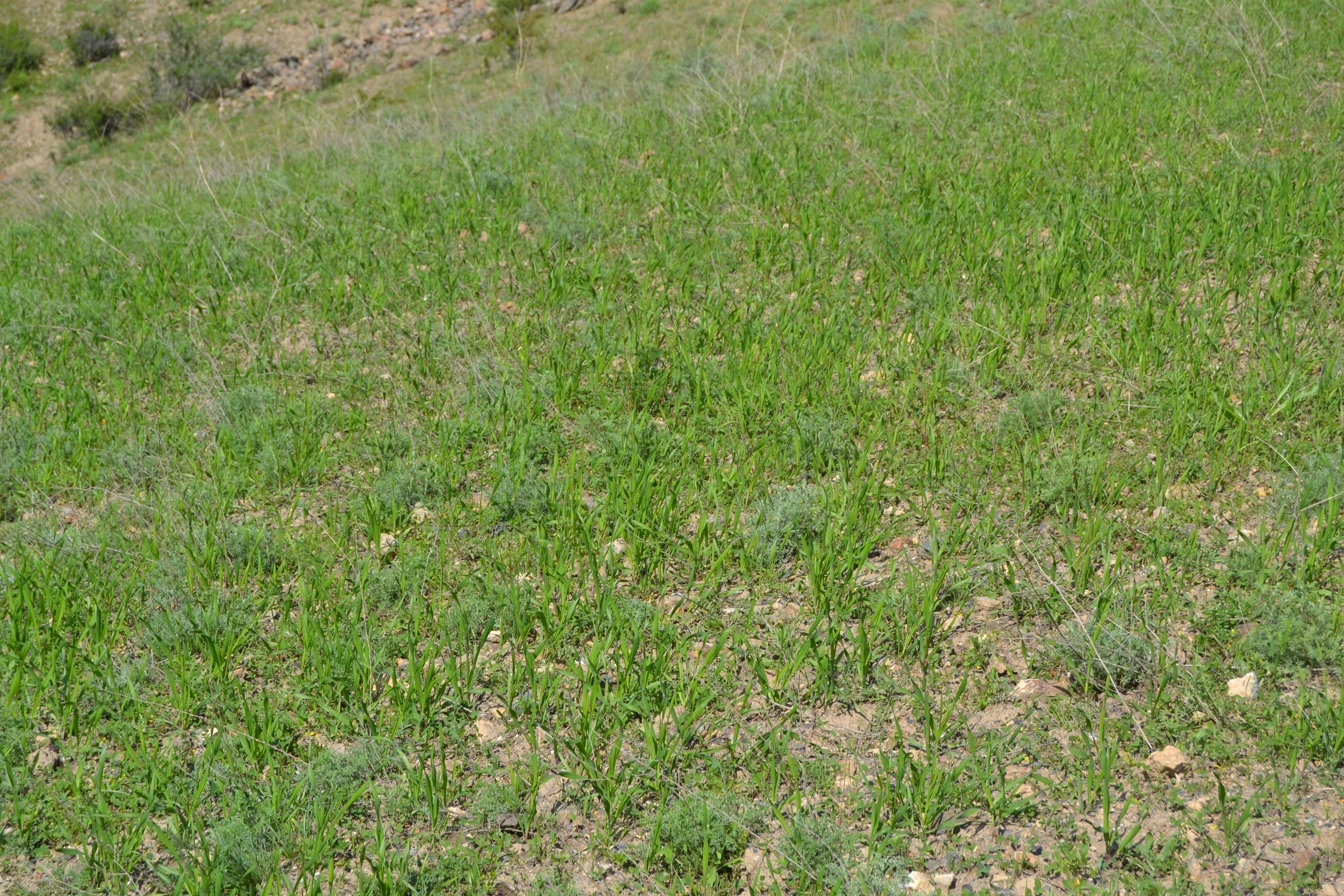Adequate harvest and post-harvest management are especially important for the production of fruits, berries, vegetables and herbs. These should be stored in a dry and cool, but frost-protected storage space, which should be disinfected in advance. Especially, mice are a common threat to the most storage facilities, contaminating the products and hence rendering future sales impossible. The use of pesticides should be avoided for controlling pests as these contaminate food products. Instead, various types of traps should be used.
When storing fresh fruits like apples, harvesting should be handled cautiously, in order to minimize the risk of putrefaction.
Storing apples and potatoes together should be avoided as apples produce ethylene, which can cause potatoes to sprout ahead of time.
Fruits also can be preserved after-harvest by making compote, jam or by drying.
Like fruits, many vegetables can be preserved in jars, while others, such as tomatoes, can be dried. The easiest and cheapest method for storing root vegetables like carrots, beetroot, radish etc. is to keep them in clamps covered by straw and earth to ensure protection from frost. The clamps should be controlled regularly to prevent infestation by pests, especially mice.
Kitchen gardens play an important role in food and nutrition security in remote areas. Farmer families rely on the harvest of the products from the kitchen gardens throughout the year and are therefore eager to improve their harvest and post-harvest management knowledge and skills.
The farmers in different areas have different practices for proper storing and preserving fruits and vegetables that pass through generations. Organizing exchange visits among farmers from different areas enables to spread best practices.
Diversifying a kitchen garden contributes to a rich diet, however, farmers should have an understanding of harvest, use, storage and processing of each crop. Over the course of the project, it was learned that it is difficult to provide enough information on these topics in a single training session. More frequent training is needed to enlarge farmers knowledge on new crops concerning plantation, growth, harvest, and post-harvest management.
